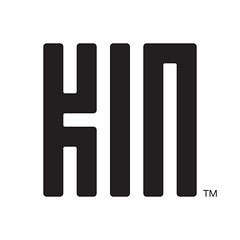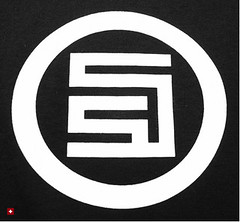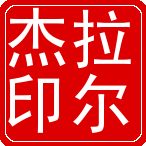Power
Weekend Essay by Jonah Lehrer: How Power Affects Us – WSJ.com – “… the paradox of power. The very traits that helped leaders accumulate control in the first place all but disappear once they rise to power. Instead of being polite, honest and outgoing, they become impulsive, reckless and rude. In some cases, these new habits can help a leader be more decisive and single-minded, or more likely to make choices that will be profitable regardless of their popularity. One recent study found that overconfident CEOs were more likely to pursue innovation and take their companies in new technological directions. Unchecked, however, these instincts can lead to a big fall.” – in this reading essay about power, I was reminded about Roman history and the role of Auriga. The Auriga was a slave who drove the two horse chariots and stood behind Ceasar holding his laurel crown above his head during triumphal parades called ‘Roman Triumphs’. The Roman Triumphs celebrated and sanctified Roman victories and were demonstrations of power. But the Auriga would be continually whispering in the leaders ear ‘momento more’ remember you are mortal. Where are the Aurigas for our leaders across the seats of power in the government, business and the media?
Design
SOPHISTICATION: Hirofumi Kiyonaga and Hiroshi Fujiwara | Hypebeast – I need to go and see this next time I am in Hong Kong
Electronics Designers Struggle With Form, Function and Obsolescence – NYTimes.com – NYTimes.com – Interesting essay on design. Electronics products are not engineered based on function defining form and are not built to last according to design experts
How to
5 Ways To Download Torrents Anonymously | TorrentFreak – handy for seeding content. Just remember just because its anonymous doesn’t mean that it won’t be ‘suspicious’ activity under the Digital Economy Act
vinyl recorder – cut your own vinyl discs
Japan
FT.com / Management – How Seiko dissidents called time – fascinating tale of how Seiko cleaned house in its senior management
Online
European Governments Unleash Online Gambling to Help Fill Coffers – NYTimes.com – pragmatism reigns in Europe
Will Yahoo China Find A Search Suitor? – China Real Time Report – WSJ – Baidu makes much more sense
danah boyd | apophenia » Social Steganography: Learning to Hide in Plain Sight – even more complex when you think about the work | client relationships that may be on social networks as well
The Web’s New Gold Mine: Your Secrets – WSJ.com – I have said for a while, but I think society needs to work out what is acceptable practice online from both individuals and corporates. Stories like this whilst nothing new in terms of content make me feel that that reckoning is coming closer
Shopping
audioScope – amazing collection of hi-fi
Technology
Information technology in transition: The end of Wintel | The Economist – What a dramatic introduction: “THEY were the Macbeths of information technology (IT): a wicked couple who seized power and abused it in bloody and avaricious ways.”
Telecoms
Nokia Declines to Go All In on Chips – Bits Blog – NYTimes.com – interesting misunderstanding about Apple’s approach on silicon. I don’t disagree with Tirri’s point on the pendulum between specialist and general purpose silicon. Where I disagree is in terms of it all being about power, rather than space and power consumption. Apple optimises existing chip designs rather doing its own
Wireless
MediaTek and NTT Docomo in 4G alliance | FT.com – interesting following on from the Nokia | Renesas deal. Am sure Qualcomm and Intel won’t be happy




